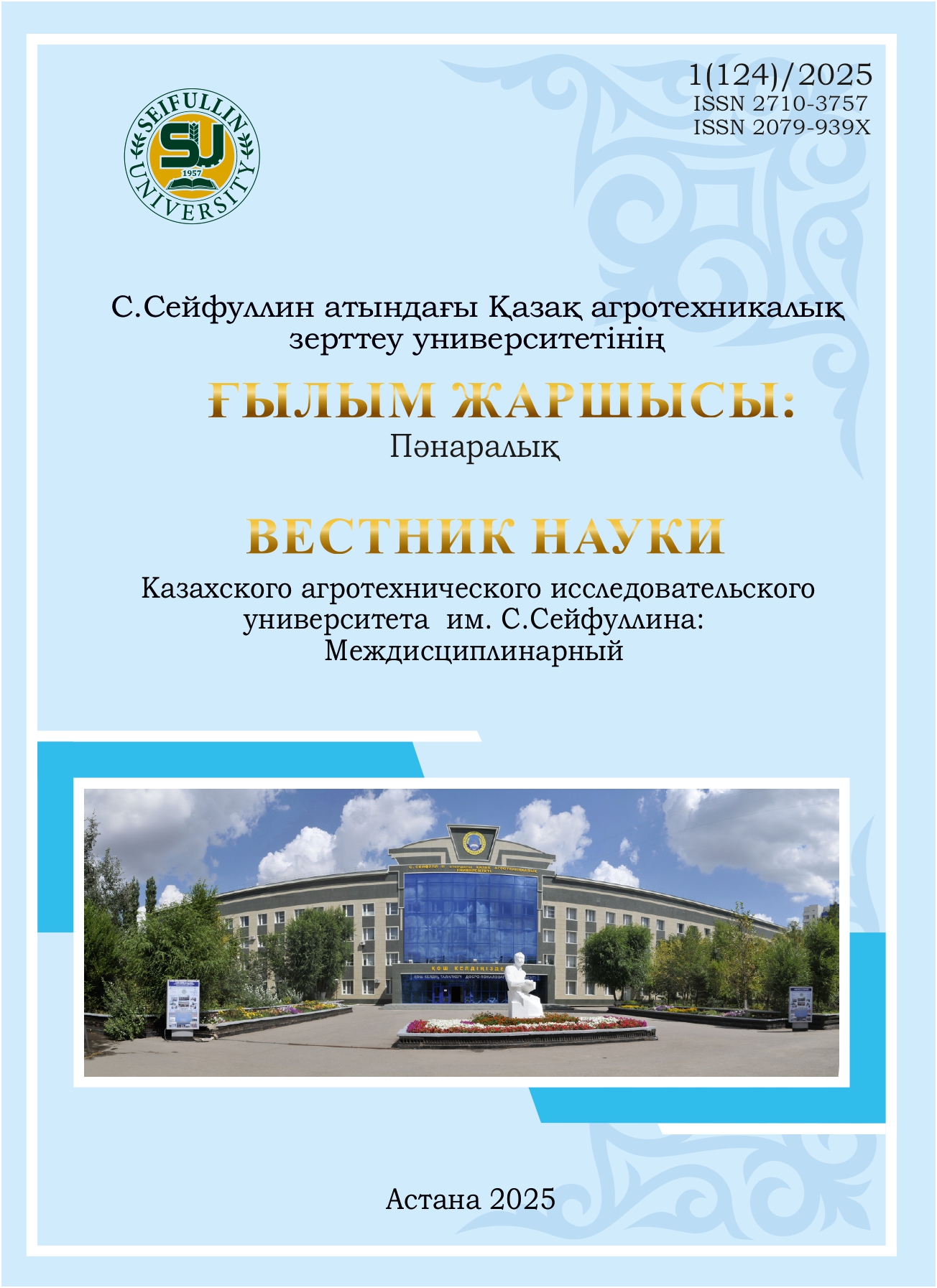Assessment of scots pine forest cover changes using NDVI and FCD indicators based on GIS and aerospace methods
DOI:
https://doi.org/10.51452/kazatu.2025.1(124).1863Keywords:
NDVI; FCD; GIS; aerospace method; Landsat; forest degradation.Abstract
Background and Aim. In this article, the dynamics of changes in the cover of pine forests was analyzed using the NDVI (Normalized Difference Vegetation Index) and FCD (Forest Canopy Density) indices using geoinformation systems (GIS) and remote sensing methods. The research examines the impact of climate change and anthropogenic factors on forest ecosystems and evaluates effectiveness of remote sensing methods in monitoring forest cover changes. The main purpose of the study is a comparative assessment of changes in the cover of pine forests in the period from 2008 to 2023 based on the NDVI and FCD indices. In addition, it is proposed to determine their accuracy by comparing the results of the two methods and to characterize the processes of forest degradation and regeneration.
Materials and Methods. Satellite data from Landsat 5 TM and Landsat 9 OLI were used. Google Earth Engine (GEE) and ArcGIS served as GIS platforms. Data preprocessing included atmospheric correction, cloud removal, radiometric and geometric corrections. NDVI and FCD methods were applied to assess forest cover.
Results. The findings indicate that in the period from 2008 to 2023, a significant restoration of forest cover took place in the territory of the Semipalatinsk Forest. According to the NDVI method, deforested areas decreased by 25.5%, sparse forests -by 11.7%, and dense forests -by 37.2%. According to the FCD method, there was a decrease in treeless territories by 22.2%, sparse forests by 10.7% and an increase in dense forests by 32.8%. Both methods showed positive dynamics of forest cover, however, it was found that the NDVI method tends to estimate changes higher.
Conclusion. The study results indicate significant forest regeneration in the «Semey Ormany» reserve over the past 15 years. The proportion of deforested areas has significantly decreased, while dense forest cover has expanded. These changes are attributed to natural regeneration, forest restoration programs, and climatic factors. The combined use of NDVI and FCD methods enables a comprehensive assessment of forest ecosystem dynamics. The findings can be applied to other natural areas in Kazakhstan and serve as a basis for forest management strategies.

